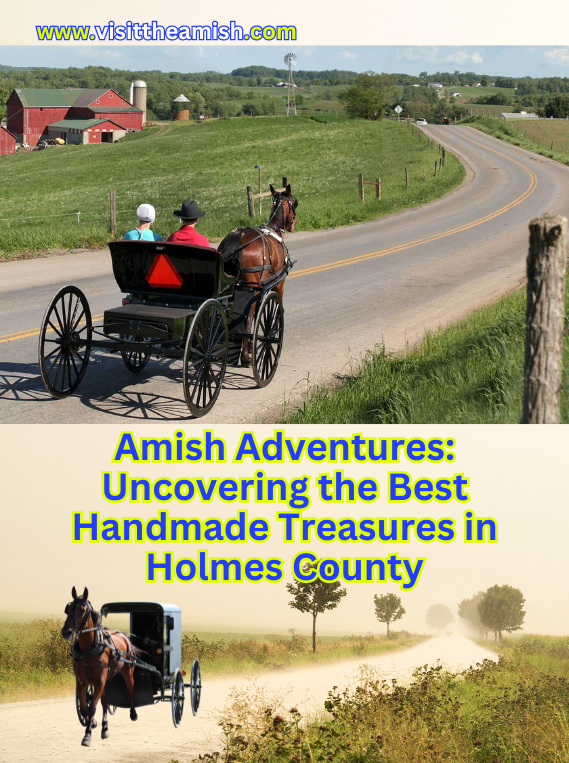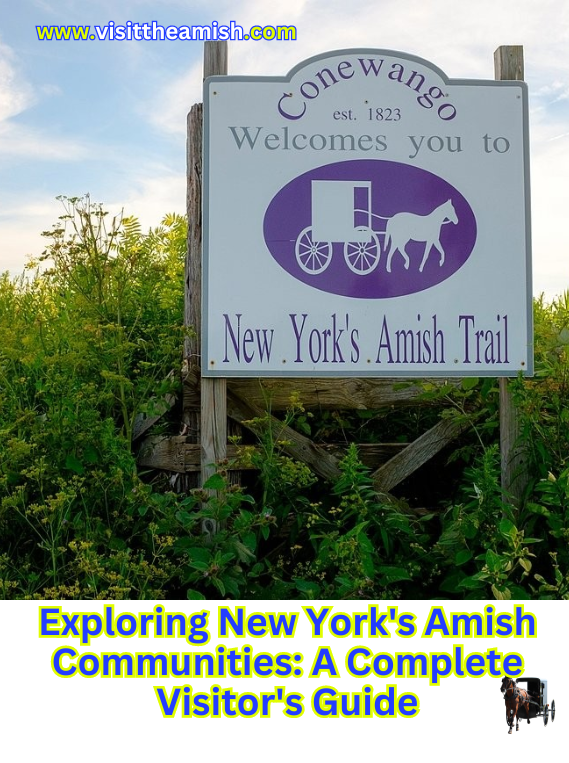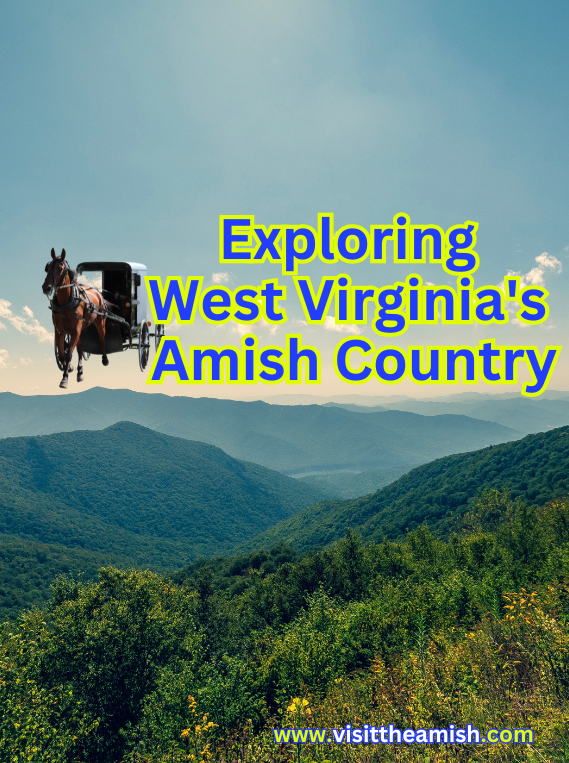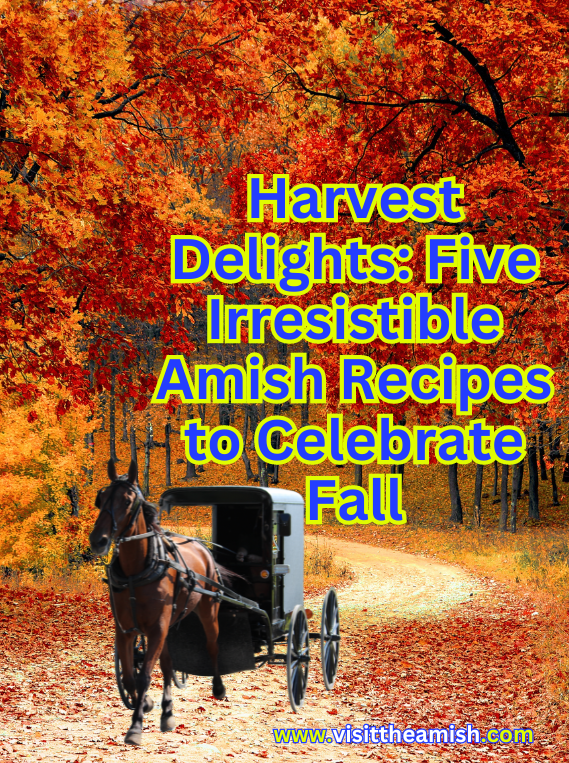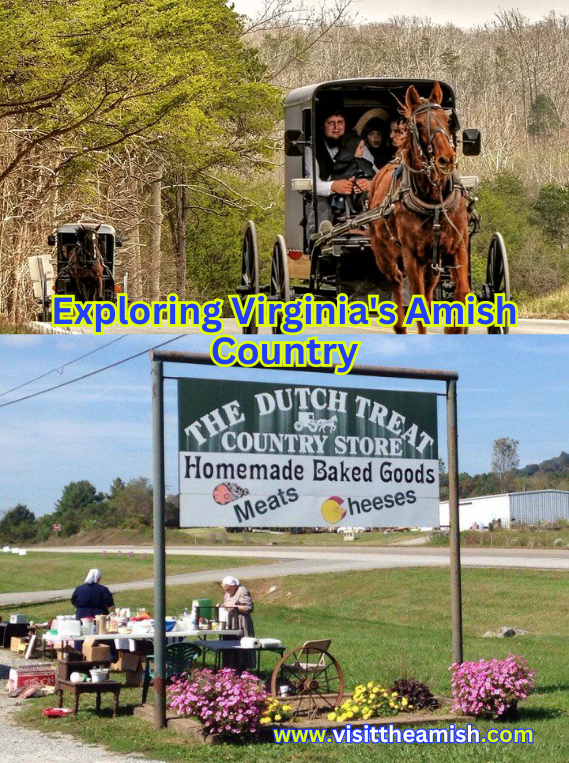Texas may not be the first state that comes to mind when you think of Amish communities, but the Lone Star State does have a small Amish presence and several businesses that offer Amish and Mennonite goods. While the Amish population in Texas is limited, there are still opportunities to experience Amish culture and purchase their handcrafted products. Let’s explore the Amish communities and businesses in Texas, as well as some related attractions that might interest tourists.
Amish Communities in Texas
Bee County Amish Settlement
The primary Amish community in Texas is located in Bee County, near Beeville. This small settlement was established in 1999 and has managed to endure despite the harsh, scrubby farmland of the area[1]. The community is led by Bishop Truman Borntrager, and most of the families are connected to him in some way.
When you visit the Bee County Amish settlement, you’ll notice that it differs from the more picturesque Amish communities you might find in places like Lancaster County, Pennsylvania. The landscape is more rugged, and the community is very conservative and closed, with no tourism-centered activities[1].
However, there are still some interesting aspects of this community that you might appreciate:
- Unique Agriculture: The Amish here have adapted to the local climate, cultivating lush groves of grapefruit[1].
- Distinctive Cuisine: You’ll find that the Amish cooking in this area has a unique Tex-Mex influence, blending traditional Amish recipes with local flavors[1].
- Traditional Crafts: Despite the challenging environment, the Amish here continue to practice traditional crafts and trades.
Beeville Amish Businesses
While visiting the Bee County Amish settlement, you’ll want to check out some of their local businesses. The most notable one is:
Borntrager’s Combination Shop
Address: 4029 Bee 190, Beeville, TX 78102
This shop, owned and operated by Bishop Truman Borntrager, is the best-known Amish business in the entire state of Texas[2]. As a “combination shop,” it offers a wide variety of goods and services, including:
- Custom-made carriages for non-Amish customers
- General store items
- Baked goods
- Produce (some grown using irrigation)
- Beekeeping products
The shop is open to the public, so you’re welcome to visit and explore the unique offerings[2].
Other Bee County Amish Businesses and Activities
While in the area, you might also encounter:
- Buggy Making: Some Amish in the community specialize in crafting horse-drawn buggies[2].
- Horseshoeing: You can find skilled Amish farriers providing horseshoeing services[2].
- Horse Training: The community is involved in training horses, which aligns well with their traditional way of life[2].
- Produce Sales: Locally grown Amish produce is sold not only at Borntrager’s shop but also at the local HEB market. Look for items with a small round sticker featuring an Amish buggy and the words “locally grown Bee County”[1].
- Herbal Business: The community has a significant herbal business, offering various natural remedies and products[1].
- Crafts: You can find woven baskets, alpaca wool blankets, and rag rugs made by the Amish community members[1].
Annual Auction Event
If you’re planning your visit in early November, you might be able to attend the annual Beeville Amish auction. This event has grown in recent years and now spans two days, typically held on November 2nd and 3rd[1]. It’s a unique opportunity to experience Amish culture and potentially purchase handmade goods and local produce.
Other Amish and Mennonite Communities in Texas
While the Bee County settlement is the only Old Order Amish community in Texas, there are other related Anabaptist groups in the state that you might find interesting:
Lott, Texas – Beachy Amish Community
Located in central Texas, about 40 miles southeast of Waco, Lott is home to a Beachy Amish community[1]. The Beachy Amish have similar beliefs and background to the horse-and-buggy Amish but use more modern technology, including cars.
When visiting Lott, be sure to check out:
Miller’s Country Market and Restaurant
Address: 2131 State Highway 320, Lott, TX 76656-3795
This Mennonite-run market and restaurant offers an authentic taste of Amish and Mennonite cuisine. Visitors particularly recommend trying the special chicken salad sandwich[1].
Seminole, Texas – Plain Mennonite Community
In west Texas, you’ll find a plain Mennonite community in Seminole, located in Gaines County[2]. While not Amish, this community shares some similar traditions and may be of interest if you’re exploring Anabaptist cultures in Texas.
Amish and Mennonite Businesses in Texas
Even in areas without significant Amish populations, you can find businesses offering Amish and Mennonite goods. Here are some notable locations:
Fredericksburg
Amish Market (Hill Country Amish)
Address: 408 W. Main Street, Fredericksburg, TX 78624
Hours: Monday-Friday 10 a.m. – 5 p.m., Sunday 10 a.m. – 4 p.m. (Closed Saturdays)
This market offers a wide variety of Amish and Mennonite products, including:
- Handmade furniture
- Jams and jellies
- Pickled vegetables
- Roll butter
- Fried pies
- Artisan cheeses
- Fresh juices
- Snacks like candy and popcorn
- Natural beauty products
- Pantry staples
When you visit, be sure to try the freshly baked fried pies, available in classic flavors like lemon, cherry, and apple[3].
Kemp
Heritage Market and Bakery
Address: 1226 South Elm, Kemp, TX
Located about 40 miles southeast of Dallas, this Mennonite market and bulk food store offers:
- Locally sourced meats and cheeses
- Fresh eggs
- Products from Pennsylvania
- A variety of baked goods
- Some fresh produce (seasonally available)
There’s also a furniture store next door, adding to the Amish-style shopping experience[1].
Weatherford
Veal Station Amish Market
Address: 1312 Veal Station Road, Weatherford, TX
This market specializes in:
- Pure essential oils
- Lye soaps
- Organic groceries
- Natural vitamins
- Traditional Amish-made goods[6]
Frisco
Amish Furniture Showcase
Address: 3411 Preston Road, Frisco, TX
While not an Amish-run business, this store offers a variety of Amish-made furniture for those looking to bring some Amish craftsmanship into their homes[1].
Planning Your Amish-Inspired Texas Tour
When planning your trip to explore Amish and Mennonite communities and businesses in Texas, consider the following tips:
- Respect Local Customs: Remember that the Amish community in Bee County is conservative and not tourism-oriented. Be respectful of their privacy and way of life.
- Dress Modestly: When visiting Amish or Mennonite communities, it’s polite to dress modestly out of respect for their customs.
- Bring a Cooler: Many Amish and Mennonite markets offer perishable goods like cheeses and meats. Bringing a cooler will allow you to purchase these items and keep them fresh as you travel.
- Cash is King: Many Amish businesses prefer cash transactions, so it’s a good idea to have some on hand.
- Plan Your Route: The Amish and Mennonite communities and businesses are spread across Texas. Plan your route carefully to make the most of your trip.
- Check Opening Hours: Some businesses, like the Amish Market in Fredericksburg, are closed on Saturdays. Always verify opening hours before your visit.
- Try the Local Specialties: Each area may have its own specialties. In Bee County, look for the Tex-Mex influenced Amish dishes, while in Fredericksburg, don’t miss the fried pies.
- Consider the Weather: Texas can be hot, especially in Bee County. Plan your visit during cooler months if possible, and stay hydrated.
Beyond the Amish: Related Attractions
While exploring Amish and Mennonite communities in Texas, you might also be interested in these related attractions:
Homestead Heritage – Waco
Located near Waco, Homestead Heritage is a Christian community that practices traditional crafts and agriculture. While not Amish, they share some similar values and offer visitors a chance to see traditional crafts in action.
Address: 608 Dry Creek Road, Waco, TX 76705
Here, you can:
- Watch craft demonstrations (woodworking, pottery, blacksmithing, etc.)
- Enjoy farm-to-table dining at their cafe
- Purchase handmade goods
- Attend workshops to learn traditional skills
Pioneer Museum – Fredericksburg
While exploring the Amish Market in Fredericksburg, take some time to visit the Pioneer Museum. It offers insights into the German heritage of the Texas Hill Country, which shares some cultural similarities with the Amish and Mennonite traditions.
Address: 325 W Main St, Fredericksburg, TX 78624
Here are some local Amish and Mennonite restaurants in Texas that you might find interesting:
1. Miller’s Restaurant
Located near Westphalia, Texas, Miller’s is run by a Mennonite family and is known for its delicious homemade food. The restaurant is a popular stop for locals and travelers alike, especially for their chicken salad sandwich.
Address: Near Highway 77, Westphalia, TX
2. Cafe Homestead
Situated in Waco, this café is part of the Homestead Heritage community. It serves fresh, natural food with a focus on local ingredients, including pasture-raised beef and house-made sauces. The café offers a unique dining experience that connects visitors to the farming community.
Address: 608 Dry Creek Road, Waco, TX 76705
3. Veal Station Amish Market
While primarily a market, Veal Station also offers baked goods and other food items that reflect Amish culinary traditions. It’s a great place to stop for some homemade treats.
Address: 1312 Veal Station Road, Weatherford, TX
4. Hill Country Amish Market
This market in Fredericksburg features a variety of homemade Amish and Mennonite goods, including delicious fried pies that are a must-try when visiting.
Address: 408 W. Main Street, Fredericksburg, TX 78624
5. Heritage Market and Bakery
Located in Kemp, this Mennonite-run market offers a selection of baked goods and deli items that can serve as a meal or snack during your visit.
Address: 1226 South Elm, Kemp, TX
These locations provide an opportunity to enjoy authentic Amish and Mennonite cuisine while exploring the unique culture present in Texas.
Conclusion
While Texas may not have a large Amish population, it offers unique opportunities to experience Amish and Mennonite culture and products. From the small, conservative community in Bee County to the various markets and stores across the state, you can find a taste of Amish life in unexpected places.
Your journey through Amish Texas will take you from the grapefruit groves of Beeville to the quaint shops of Fredericksburg, offering a blend of traditional craftsmanship, delicious foods, and a glimpse into a simpler way of life. Whether you’re interested in handcrafted furniture, homemade jams, or simply experiencing a different culture, the Amish and Mennonite presence in Texas provides a unique and enriching travel experience.
Remember to approach these communities and businesses with respect and openness, and you’re sure to come away with not only unique products but also a deeper appreciation for the diversity of cultures that make up the Lone Star State.
Citations:
[1] https://www.amish365.com/where-are-the-amish-in-texas/
[2] https://amishamerica.com/texas-amish/
[3] https://www.onlyinyourstate.com/experiences/texas/homemade-amish-goods-tx
[4] https://www.reddit.com/r/Austin/comments/14eoxc1/is_there_amish_market_in_austin/
[5] https://www.amishtexas.com
[6] https://www.vealstation.com
[7] https://www.tripadvisor.com/ShowUserReviews-g55863-d3178919-r215553931-Amish_Market-Fredericksburg_Texas.html
[8] https://www.yelp.com/search?find_desc=Amish+Market&find_loc=Dallas%2C+TX
Like this:
Like Loading...



